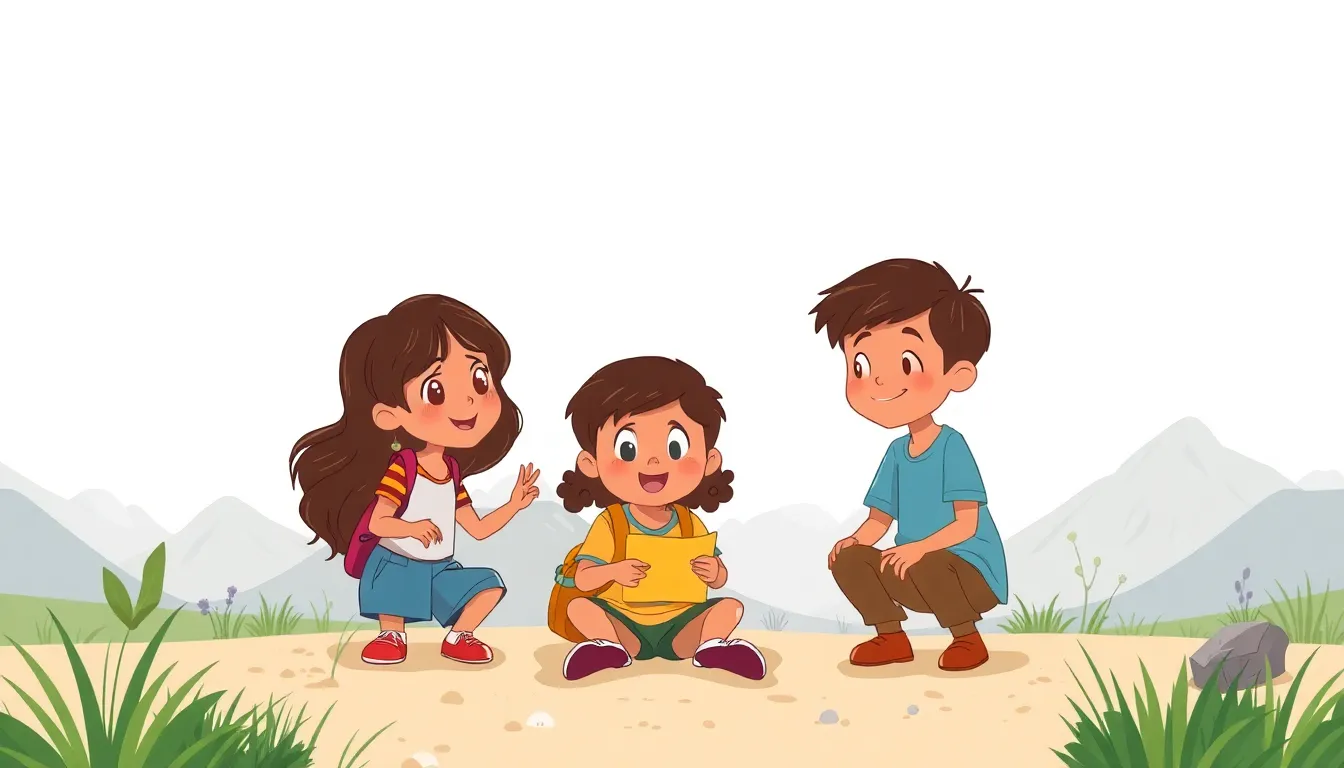
Natural Hazards
What Are Natural Hazards?
Natural hazards are events that happen in nature and can cause damage to people, buildings, and the environment. They are powerful forces that we cannot control, but we can learn about them.
Types of Natural Hazards
- Earthquakes – shaking of the ground caused by moving rocks deep underground.
- Volcanoes – openings in the Earth that release lava, ash, and gases.
- Floods – water that covers land which is usually dry, often after heavy rain.
- Storms – include hurricanes, tornadoes, and severe thunderstorms with strong winds and rain.
- Landslides – rocks and soil slide down a slope, usually after heavy rain or an earthquake.
- Tsunamis – huge ocean waves triggered by underwater earthquakes or landslides.
- Wildfires – uncontrolled fires that spread through forests and grasslands.
How Scientists Study Them
Scientists call themselves geologists, meteorologists, or seismologists depending on the hazard they study. They use tools like seismographs to record earthquakes, satellites to watch storms, and maps to track volcanoes. By collecting data, they can predict when a hazard might happen and warn people early.
Staying Safe
- Listen To Warnings – follow alerts from local authorities and weather services.
- Know The Plan – practice evacuation routes and safe spots at home and school.
- Prepare Supplies – keep water, food, a flashlight, and a first‑aid kit ready.
- Stay Calm – during a hazard, stay with your group and follow instructions.
Understanding natural hazards helps us protect ourselves and our communities. Stay curious, stay prepared!